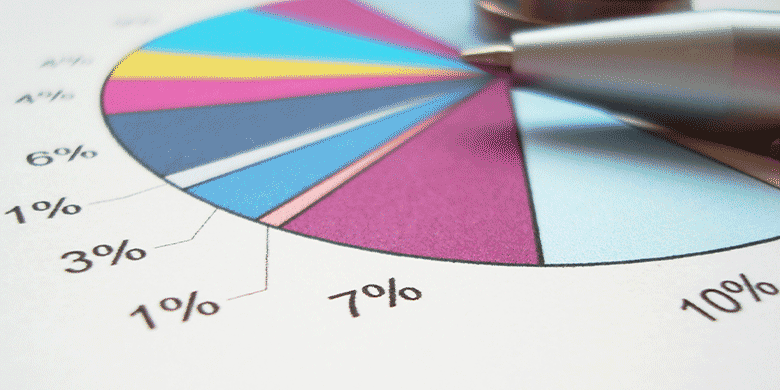Search Results

23 June, 2023
Key Statistics for Promotional Products in Australia
Statistics play a crucial role in the promotional products industry, which is worth over $30 billion globally. Promotional products, also known as branded merchandise, are items that businesses use to promote their brand, products, or services. They can include items such as pens, t-shirts, keyrings, and water bottles, among others.
The use of promotional products has been shown to be effective in increasing brand recognition and customer loyalty. According to a study by the Promotional Products Association International (PPAI), 83% of consumers are more likely to do business with a company that has given them a promotional product.
In Australia, the promotional products industry is thriving, with an estimated worth of over $2 billion. The most popular items are pens, bags, and drinkware, followed by apparel and technology items. The industry is also known for its sustainability efforts, with many companies offering eco-friendly products.
Statistics can help businesses in Australia make informed decisions about their promotional product campaigns. Here are some key statistics to consider:
Cost-Effective Marketing: According to the PPAI, promotional products have a lower cost-per-impression than other forms of advertising, such as television or print ads. In Australia, the average cost-per-impression of a promotional product is just $0.001, making it a cost-effective way to reach a large audience.
Brand Recognition: A study by the Advertising Specialty Institute (ASI) found that 85% of people who received a promotional product could remember the name of the advertiser. In Australia, the same study found that 79% of people who received a promotional product could remember the name of the advertiser.
Customer Loyalty: According to the PPAI, 81% of consumers keep promotional products for more than a year. This means businesses can use promotional products to build long-term customer relationships. In Australia, the same study found that 80% of consumers keep promotional products for more than a year.
Targeted Marketing: Promotional products can be tailored to specific audiences, making them an effective form of targeted marketing. For example, a sports company may give away branded water bottles at a marathon to promote their brand to fitness enthusiasts. In Australia, the most popular industries for promotional products are education, healthcare, and finance.
Online Presence: Promotional products can also be used to boost a business's online presence. For example, a company may give away branded pens at a trade show, with their website address printed on the pen. This encourages potential customers to visit their website and learn more about their products or services. Social media is becoming an increasingly important platform for promoting promotional products in Australia.
Sustainability: As mentioned earlier, the promotional products industry in Australia is known for its sustainability efforts. Many companies offer eco-friendly products, such as reusable bags or bamboo drinkware. This is becoming an important consideration for consumers, with a study by Asia Pulp & Paper finding that 64% of Australians are willing to pay more for sustainable products.
In conclusion, statistics play a vital role in the promotional products industry in Australia. They can help businesses make informed decisions about their promotional product campaigns, and highlight the effectiveness of using branded merchandise to increase brand recognition, customer loyalty, and online presence. With the industry worth over $2 billion in Australia, it is clear that businesses see the value in using promotional products to promote their brand. By using statistics to inform their campaigns, businesses can ensure they get the most out of their investment in promotional products.
The PromotionsOnly Team

